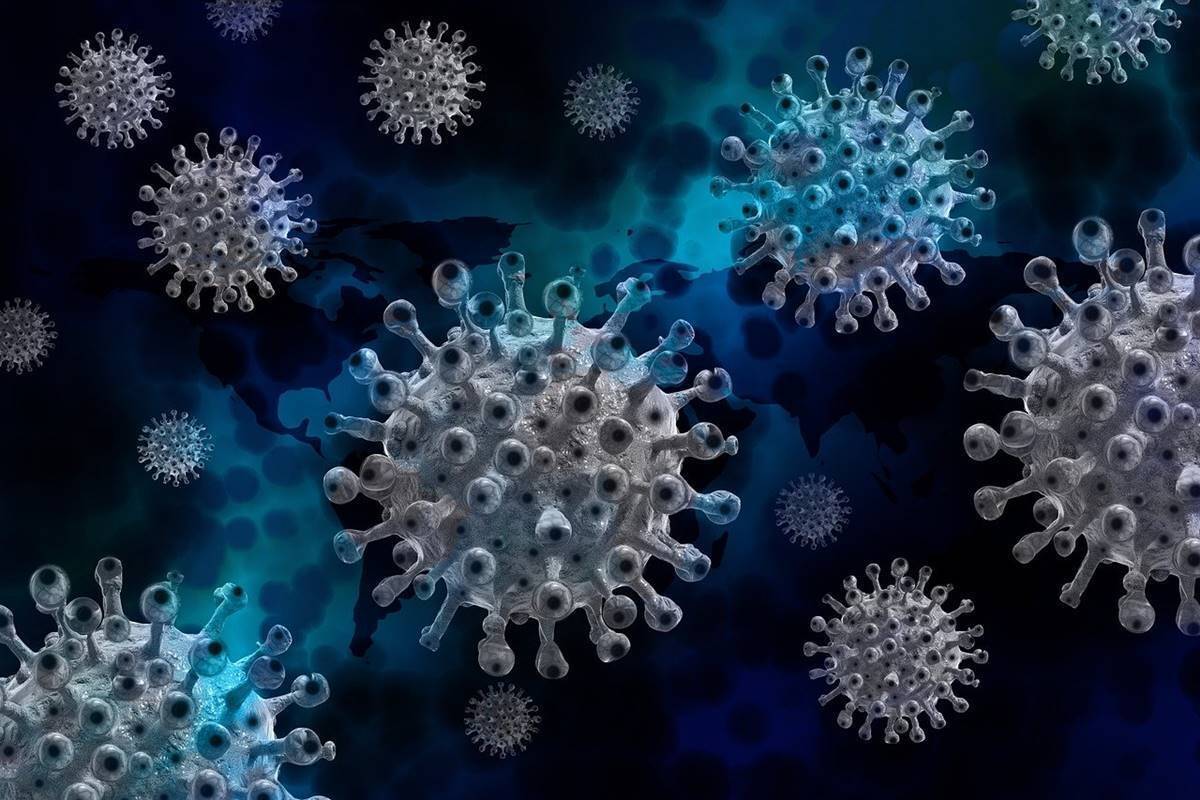Following widespread worries about new COVID-19 strains, the Nigeria Centre for Disease Control (NCDC) has declared a state of emergency.
Dr. Ifedayo Adetifa, director general of the NCDC, issued a warning at a news conference in Abuja on Monday, saying that the reappearance of the coronavirus in China and the rise in hospitalization and mortality rates have reignited concerns that the illness may be reemerging stronger.
Recall that China had loosened its zero-COVID policy, which allowed for the spread of new varieties, primarily the BA.5.2 and Bf.7 virus kinds.
While urging caution in light of the rise in variations and cases, the NCDC also cautioned that over 663 million confirmed cases and over 6.7 million deaths have already been documented globally.
While the African Region reports a 73 percent and 32 percent decline in new cases and deaths compared to the previous week, the Americas and Western Pacific (including China) have seen a 74 and 29 percent increase in cases and a 49 and 35 percent increase in deaths, respectively.
The NCDC director also disclosed that 3,155 deaths were reported in Nigeria, which had examined 5,708,974 samples, confirmed 266,463 cases, and discharged 259,850 COVID patients.
Omicron’s XBB.1.5 variety is the most contagious type, according to specialists, although it is yet unclear whether it is more harmful than its ancestors as the virus evolves.
However, because the majority of cases, admissions, and deaths in the nation have only been connected to the Omicron sub-lineages, the COVID virus has continued to follow a divergent epidemiological trajectory.
According to the NCDC, Nigeria has seen a dominance of the BQ.1/BQ.1.1 sub-lineage after the Omicron variant’s identification in December 2021.
The NCDC cautions that the most effective preventive measure against the disease is still complete vaccination, despite mutations and ongoing dissemination.
The vaccination against COVID-19 is the most crucial step Nigerians can take because it is the most effective intervention against serious illness, hospitalization, and death.
